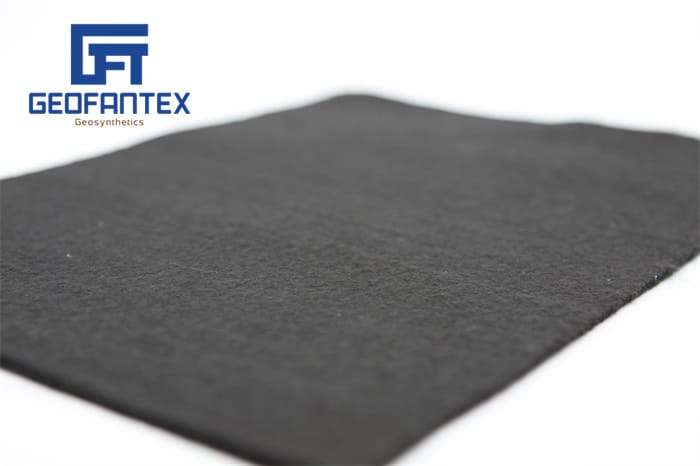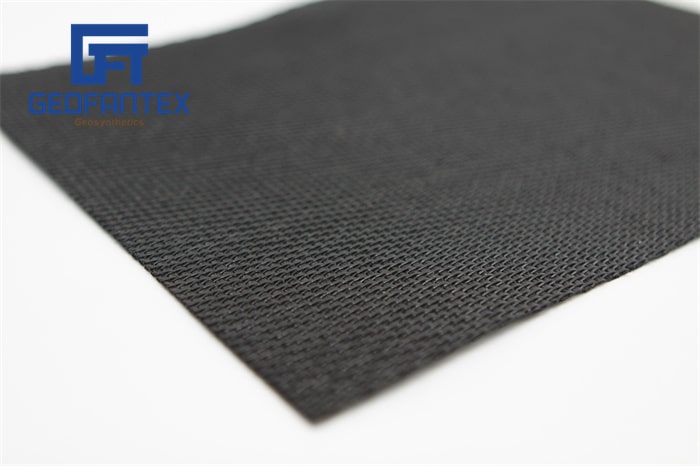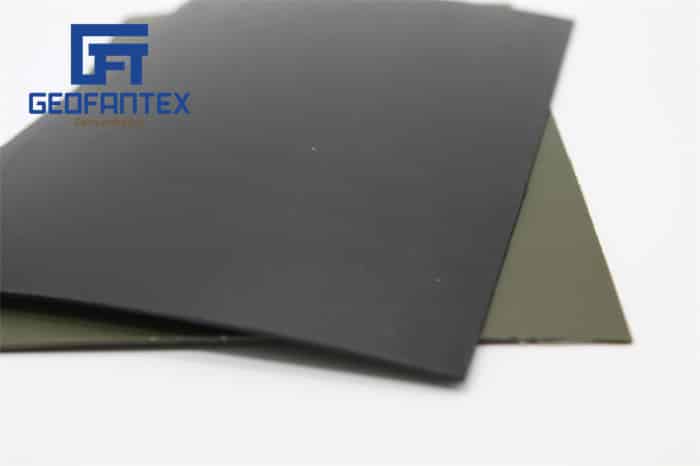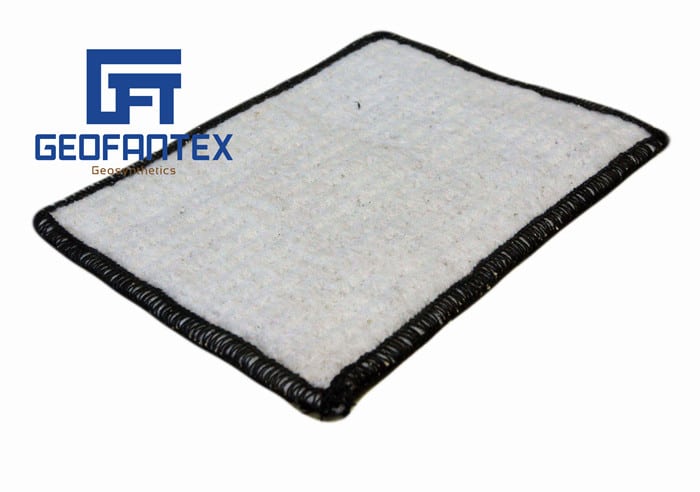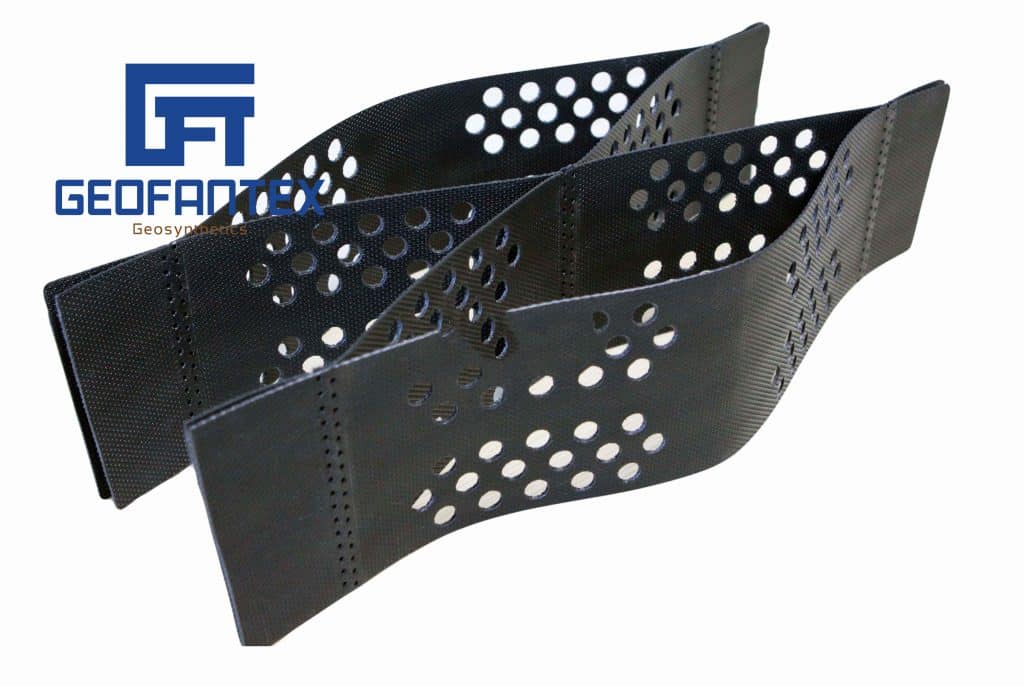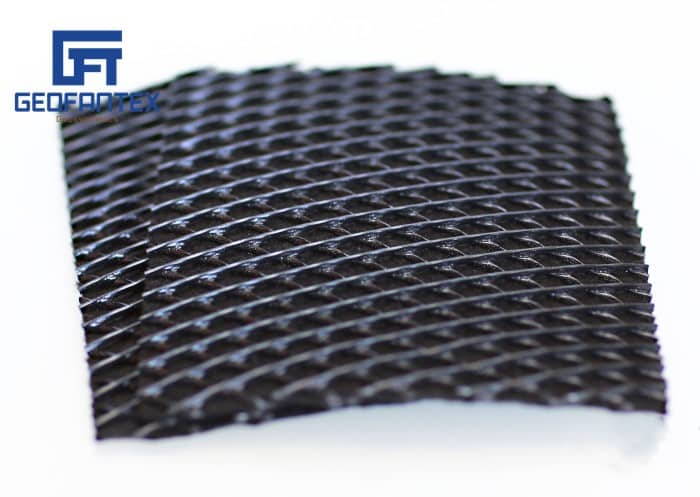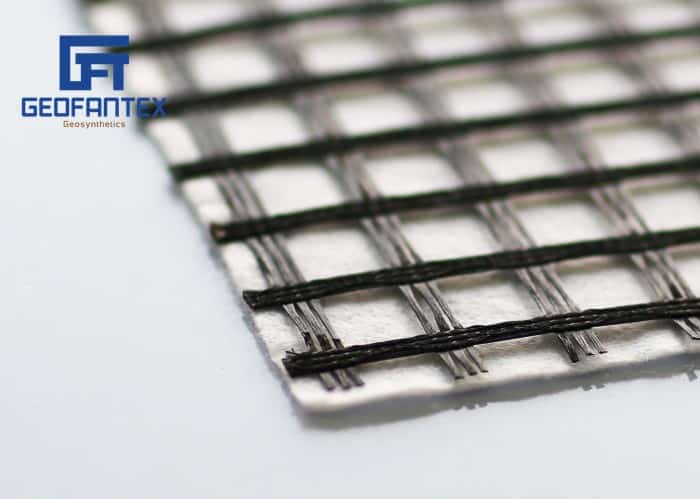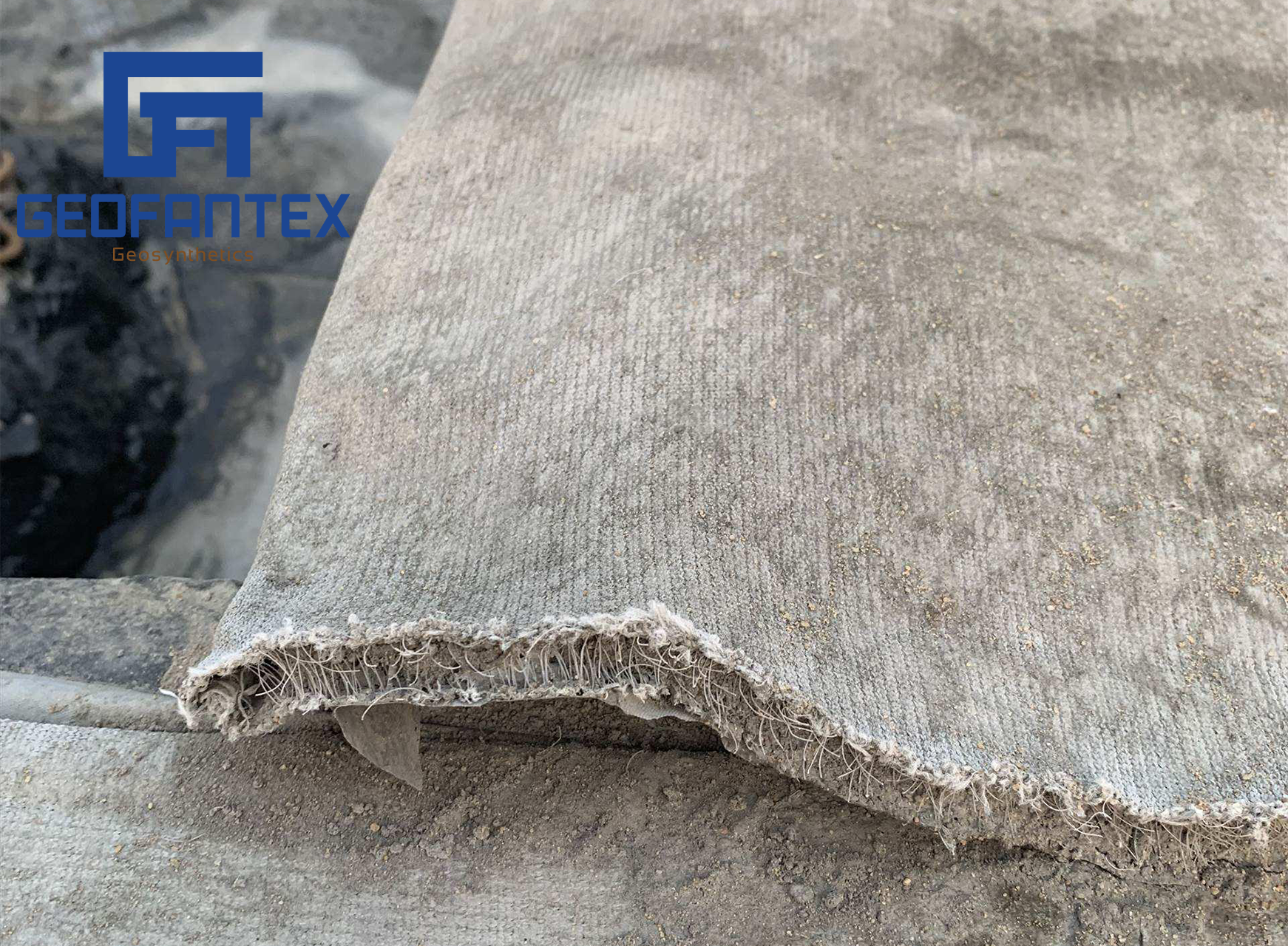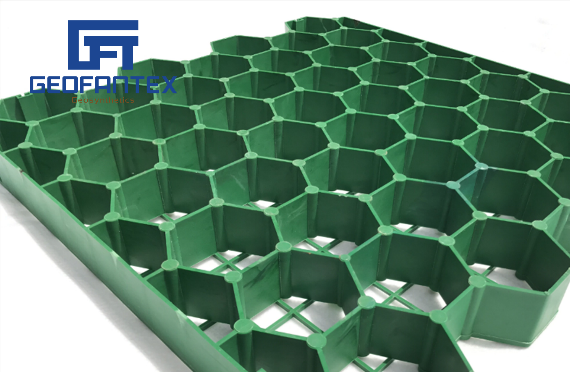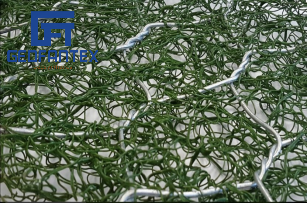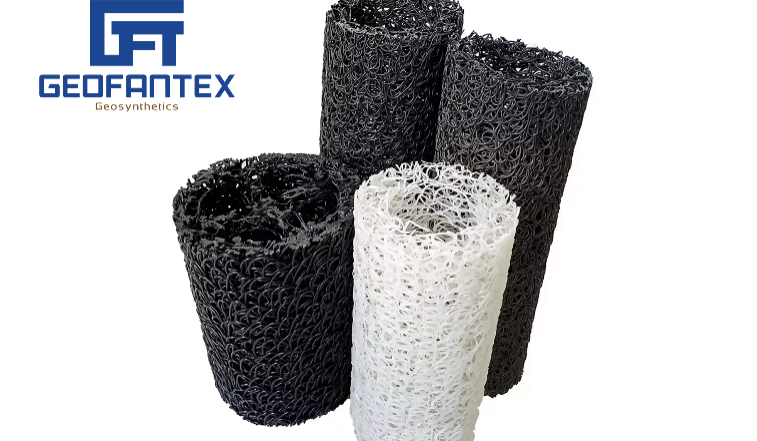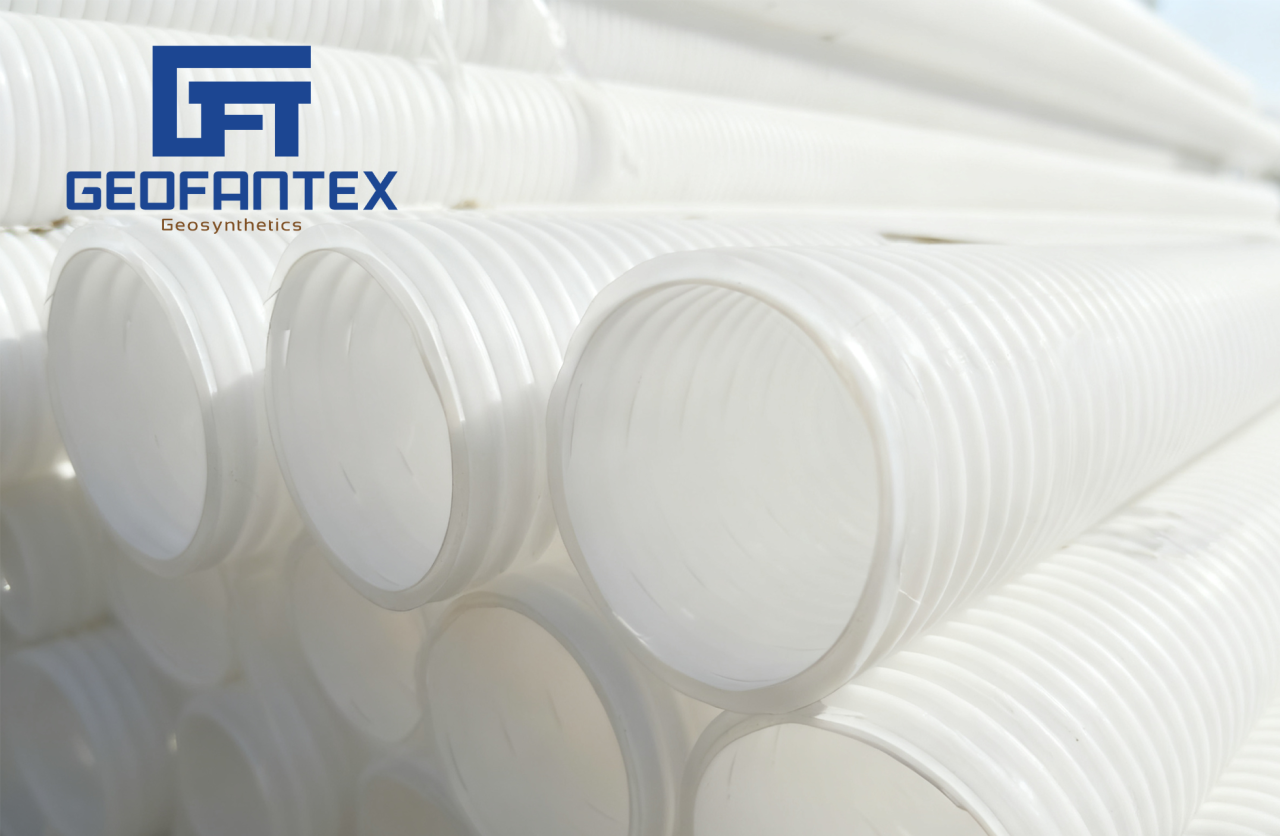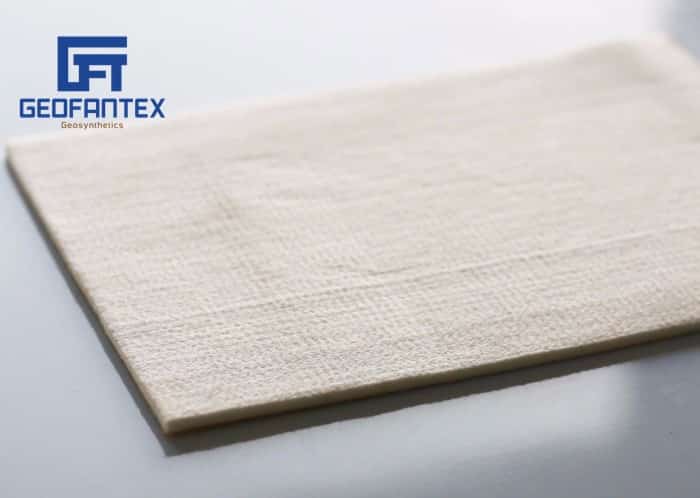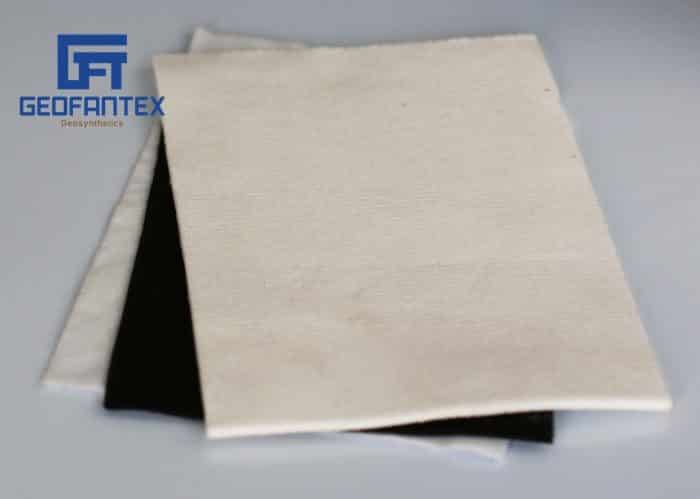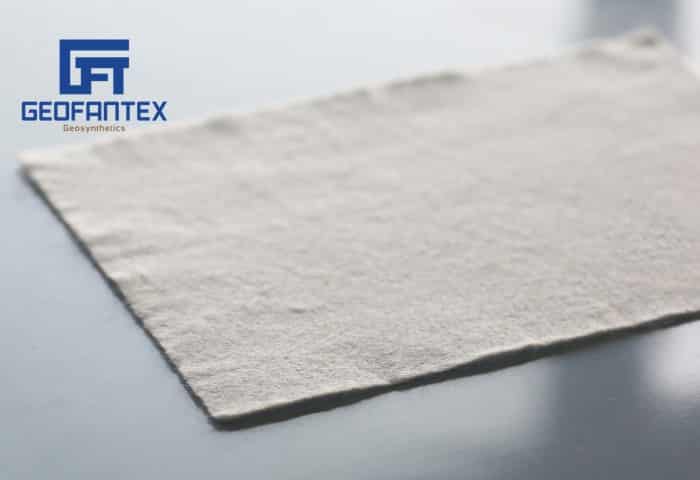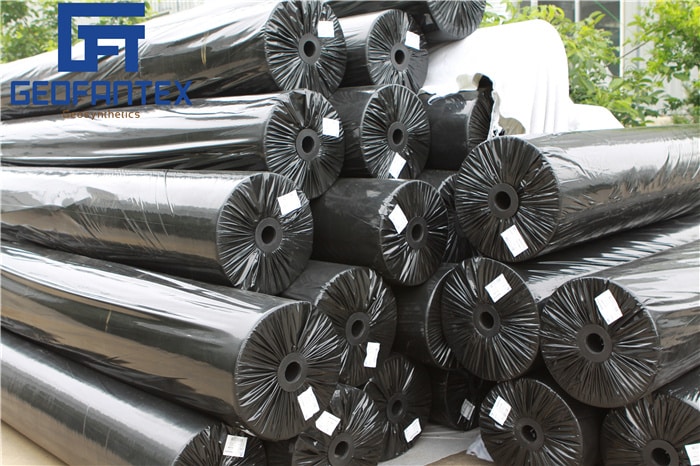+86-159 9860 6917
info@geofantex.com
geofantex@gmail.com
+86-400-8266163-44899
When it comes to constructing a stable retaining wall, knowing how to install geogrid for retaining wall applications is crucial. Geogrid materials offer reinforcement to the soil, enhancing the wall’s stability and longevity. In this article, we will explore key questions related to the installation process, industry standards, and best practices for successful geogrid use in retaining walls.
What is Geogrid, and Why is it Important for Retaining Walls?
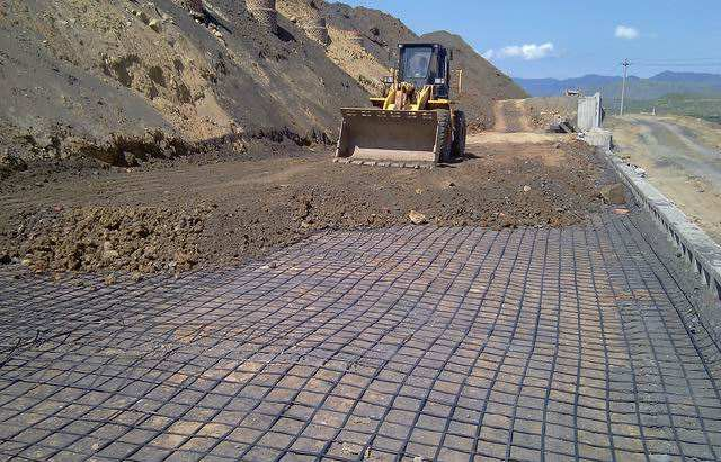
- Geogrid is a synthetic geosynthetic material made from polymers like polyester or polypropylene, designed with a grid-like structure to reinforce soils.
- It is used to improve the mechanical properties of soil by distributing loads over a wider area and increasing soil stability.
- For retaining walls, geogrids act as reinforcement layers that hold back soil, prevent lateral movement, and increase the overall strength of the wall system.
- By integrating geogrids, retaining walls can be built taller and more stable using less expensive or weaker backfill materials.
- The use of geogrids reduces settlement and deformation risks, enhancing the safety and durability of retaining structures in infrastructure and landscaping projects.
Importance of Geogrid for Retaining Walls:
- Increased Stability: Geogrids provide tensile strength, which helps prevent the displacement of soil behind the retaining wall. This reinforcement enhances the wall’s ability to resist lateral pressure, which can otherwise cause the wall to fail.
- Soil Reinforcement: By improving the interaction between the soil layers, geogrids ensure better load distribution, preventing soil erosion and reducing the risk of wall displacement over time.
- Improved Load-Bearing Capacity: Geogrids can help retaining walls bear greater loads, allowing for taller or more durable walls that can hold more weight or withstand harsher environmental conditions.
- Cost-Effective Solution: Using geogrids can reduce the need for heavier materials or more extensive engineering in the construction of retaining walls, making the overall project more cost-effective.
Geogrids are particularly essential for reinforced soil structures, where they help distribute loads efficiently and maintain the integrity of retaining walls over time.
How Do You Install Geogrid for a Retaining Wall?
To install geogrid for a retaining wall, follow these key steps for proper reinforcement:
- Excavate the base trench and add a layer of compacted gravel or crushed stone to ensure a stable foundation.
- Lay the first course of retaining wall blocks, checking for level side-to-side and front-to-back to maintain structural integrity.
- Install the geogrid after 1–2 rows of blocks by cutting it to the required length (typically 60%–100% of the wall height). Lay the geogrid perpendicular to the wall, with the strong direction extending back into the slope.
- Position the geogrid flat on top of the block course, making sure it reaches the front edge of the block for proper anchoring.
- Backfill over the geogrid with compacted soil or gravel, then continue building additional block courses as needed, repeating the geogrid placement at specified intervals.
This layered system ensures the wall resists pressure and remains stable over time.
What Types of Geogrid are Best for Retaining Walls?
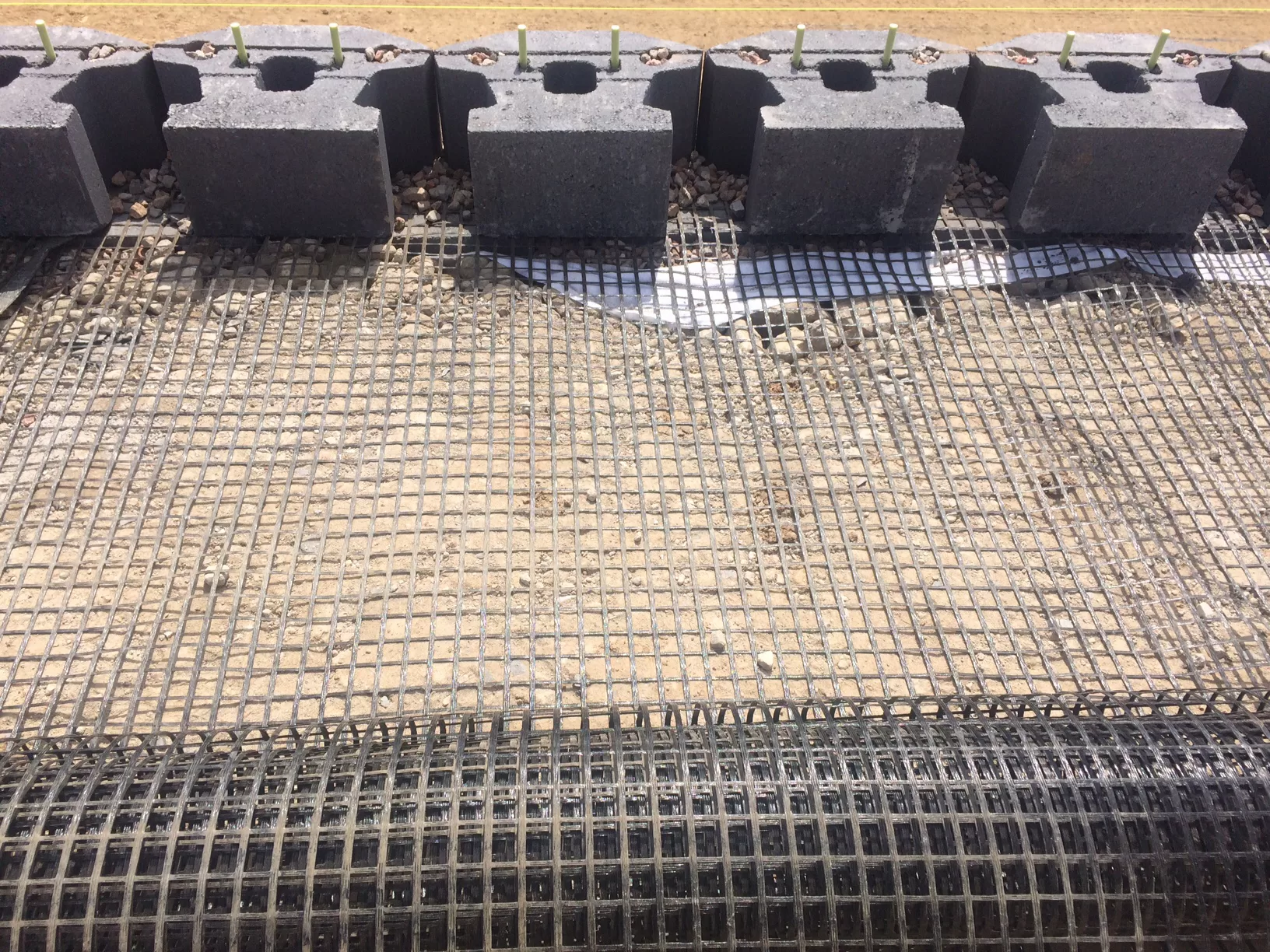
Selecting the right geogrid type is essential for building stable and durable retaining walls. Key options include:
- Uniaxial Geogrid (UX): Provides high tensile strength in one direction, ideal for resisting horizontal pressure behind tall walls. Commonly used in segmental retaining walls and mechanically stabilized earth (MSE) systems.
- Biaxial Geogrid (BX): Offers strength in both directions, suitable for base reinforcement and distributing loads on weaker soils. Helps reduce settlement and improve foundation stability.
- Triaxial Geogrid: Provides multi-directional strength, useful for complex sites, poor subgrades, or seismic-prone areas. Ensures even load distribution across angles.
Considerations for choosing geogrid: wall height, backfill soil type, expected loads (traffic, structures), drainage conditions, and adherence to manufacturer or engineering guidelines.
Using the proper geogrid type ensures effective soil reinforcement, prevents wall deformation, and enhances long-term performance of the retaining structure.
How do you install geogrid for a retaining wall?
Installing geogrid for a retaining wall involves several critical steps to ensure stability and durability:
- Prepare the base: Excavate a stable trench and add compacted gravel or crushed stone.
- Lay first course of blocks: Ensure they are level and aligned properly.
- Place geogrid layers: Cut the geogrid to the required length (usually 60–100% of wall height) and lay it perpendicular to the wall, anchoring the front edge.
- Backfill: Cover the geogrid with compacted soil or gravel, then continue building additional block courses, repeating geogrid placement at specified intervals.
- Choose the right type: Use uniaxial geogrid for high tensile strength along the slope, biaxial for foundation stabilization, or triaxial for multi-directional reinforcement.
- Ensure proper embedment and compaction: Maintain correct tension, layering, and compaction to maximize reinforcing effect.
Proper installation distributes loads evenly, prevents bulging or settlement, and significantly extends the retaining wall’s lifespan.
By understanding how to install geogrid for retaining wall applications, engineers and construction professionals can ensure long-lasting, stable, and effective retaining walls. Implementing proper installation techniques, selecting the right type of geogrid, and following industry guidelines are all key to achieving optimal results.
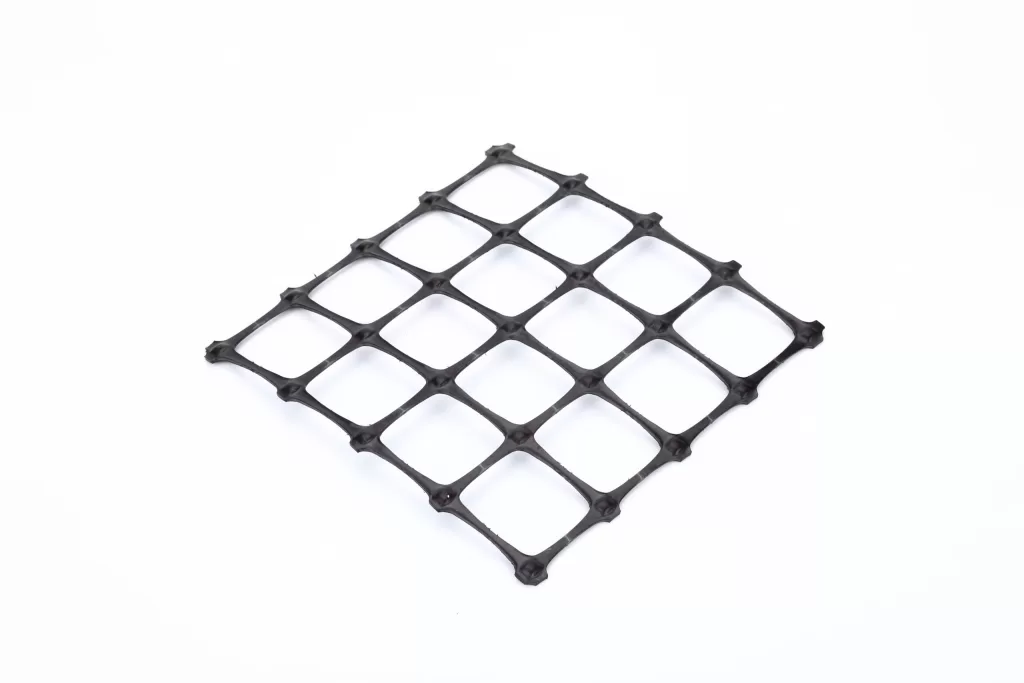
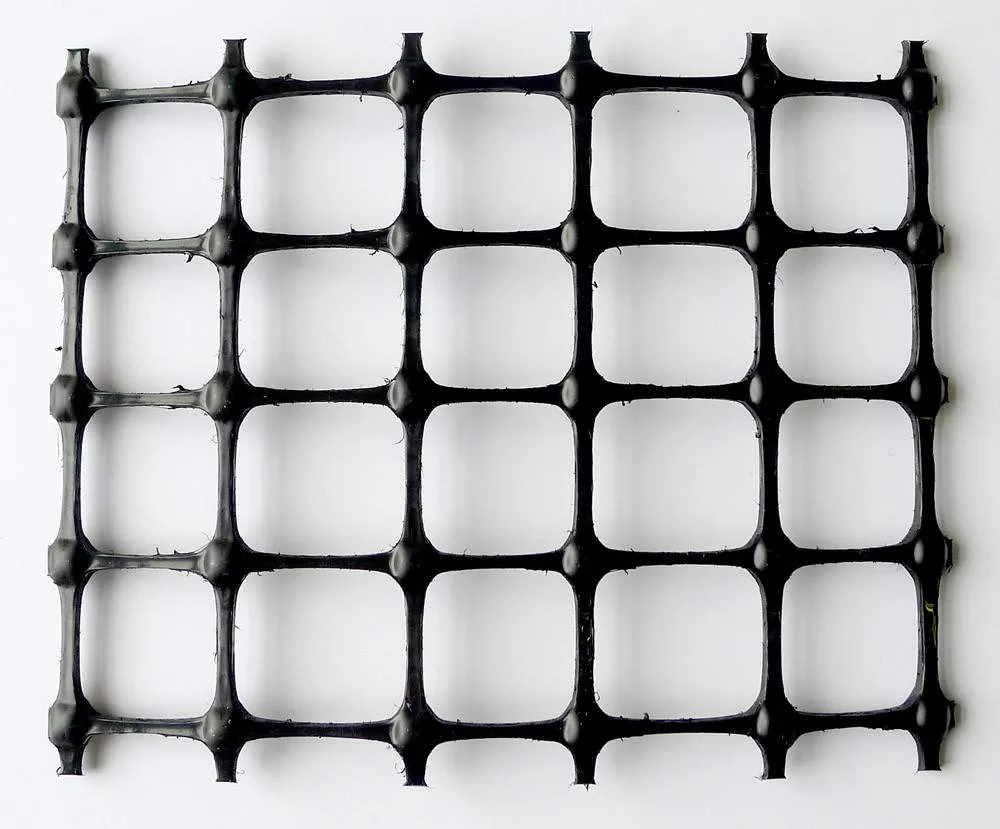
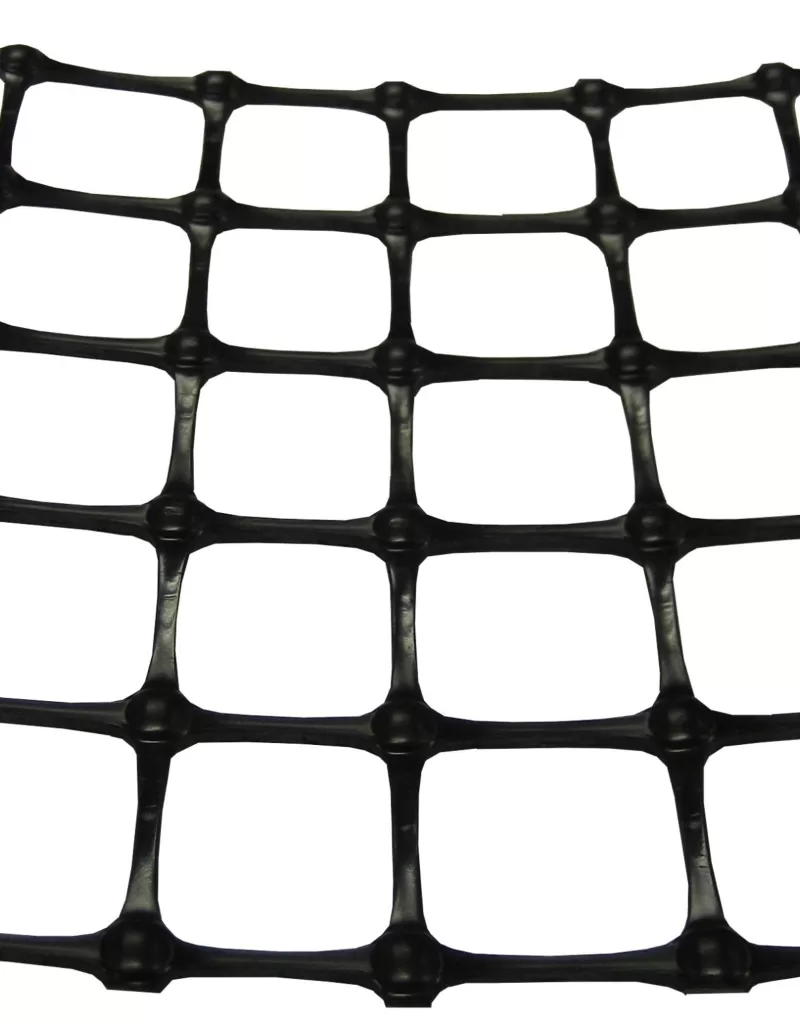
Get Free Sample
We’ll respond as soon as possible(within 12 hours)

